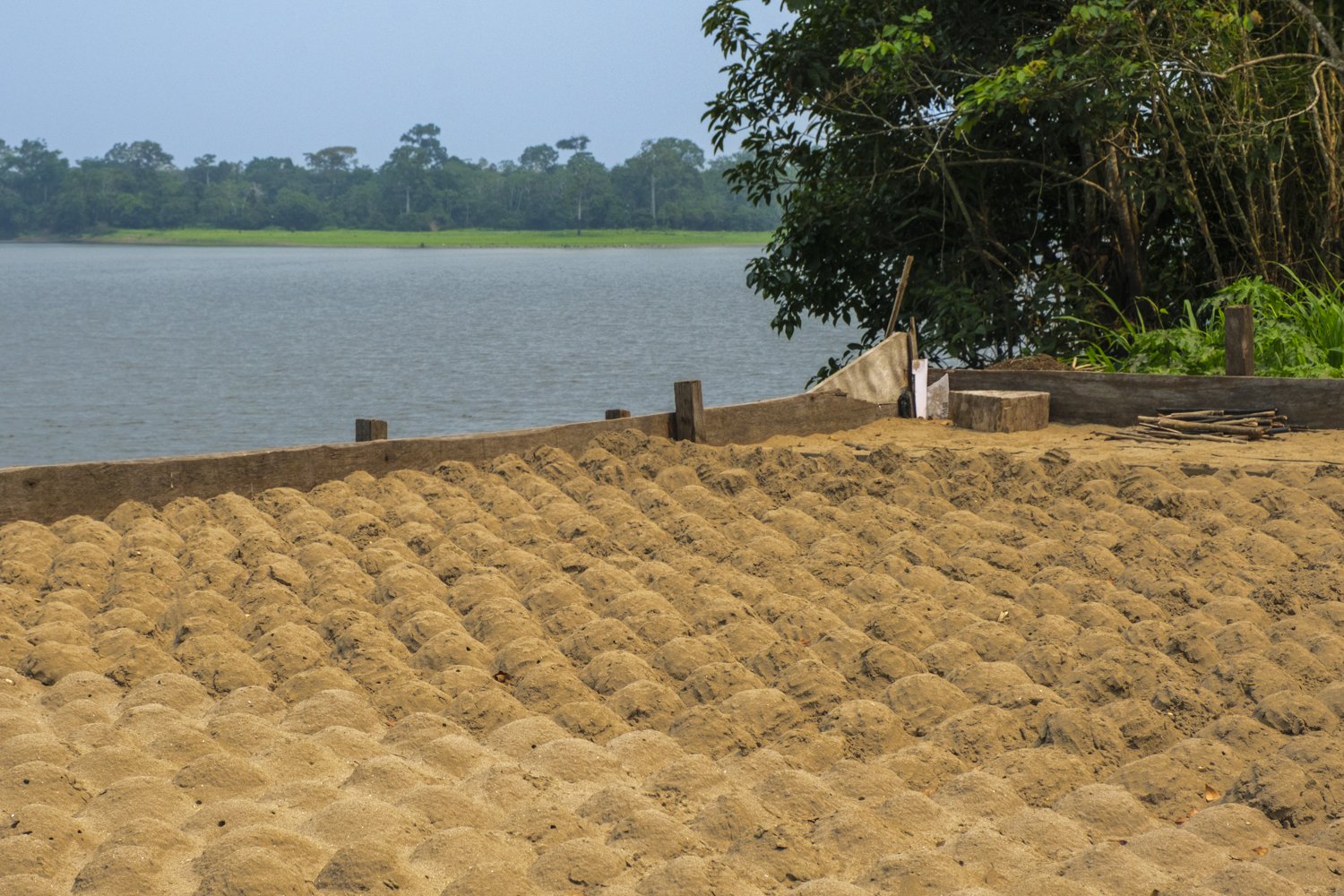Upper Amazon, Peru
2022
-
There is so much to photograph while on the Upper Amazon. However, opportunities begin beforehand during the 60 mile drive from the Iquitos airport down to the river port of Nauta. The road passes through picturesque small communities with dirt streets on which people are walking and riding in colorful three-wheeled “tuk tuks”. The communities have brightly p dwellings and shops and are full of life.
The subjects along and in the Upper Amazon vary dramatically. Among the animals we saw in just a week were: dozens of species of birds; almost 30 mammal species, including pink dolphins, sloths, giant river otters (up to six feet tall), and monkeys of various types; black and spectacled caimans, including a 20 footer with an anaconda in its jaws; poisonous red frogs; endangered taricaya (aka, yellow spotted) turtles; red piranhas (a surprisingly tasty appetizer); poisonous and other snakes; and, black widow and other spiders. It was possible in most cases to get very close to the animals, particularly when riding in the 20 foot motorized skiffs and while hiking. Having a flash for night photography was useful, as the photo of an angry large caiman, on a river bank just 20 feet way from the skiff, attests.
Human subjects were just as plentiful and interesting. On the Upper Amazon, fishing for carp and other species is an essential part of putting food on the table and making a living. The people fishing, their makeshift gear and their handmade crude dugouts – usually carved out of the trunk of a Hymenaeus or other hardwood tree - photographed well. Indigenous people going about their business in small settlements of crude huts on the banks of narrow tributaries presented striking vignettes of simple if not primitive life.
Walking through indigenous communities and meeting the inhabitants also gave opportunities for worthwhile photographs, especially as the people were comfortable in front of a camera. One community was tiny and focused on the preservation of taricaya turtles. A larger settlement was developed enough to have concrete walkways and a permanent school (the building was made of concrete). It also had periodic electricity and sporadic internet connections, allowing occasional use of a few iPads and very old TVs.
Other subjects included exotic trees, plants and flowers. Tree trunks along the riverbanks had markings documenting the dramatic differences in water levels – commonly 50 feet - between wet and dry seasons.
Peru has become internationally known for its excellent food, including dishes with vibrant fruits, ceviche made with fresh fish, and barbecued whole cuy (a type of guinea pig). There frequently were interesting, colorful scenes of food to photograph.
The Upper Amazon truly presents a smorgasbord for photography.















































































































